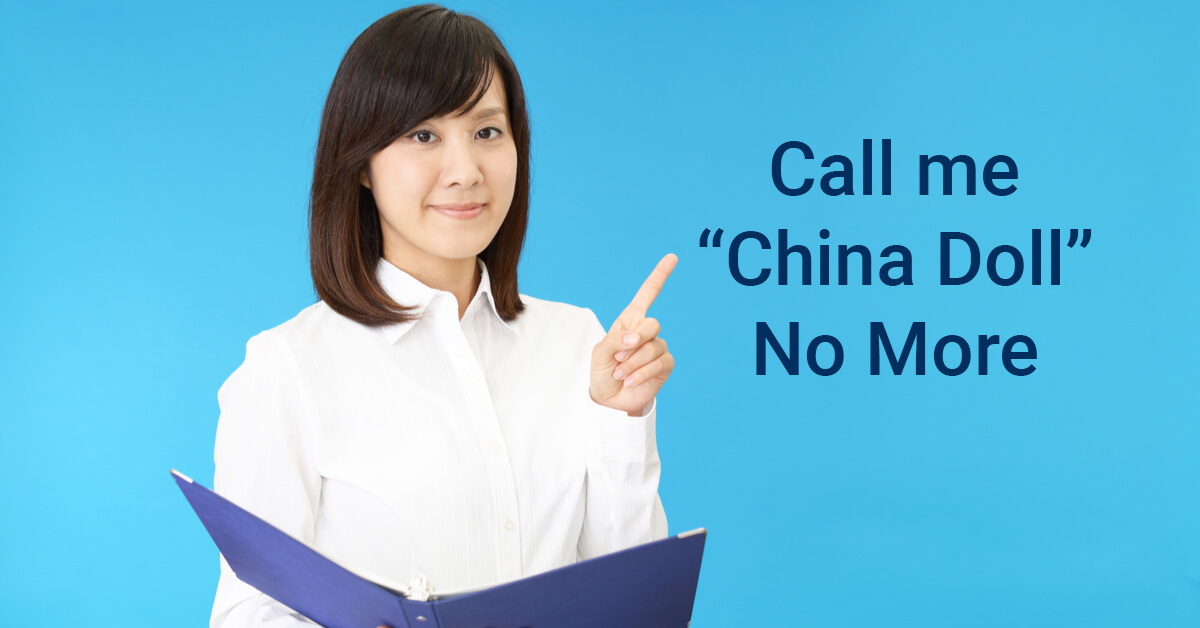Many people have called me “baby doll” affectionately on different occasions. I always took it as a compliment for my youthful look. Now, after traveling down the 170-year history lane of Asian Americans, I have uncovered many negative stereotypes of Asian women in connection with “China Doll”. It leaves me frozen and numb at the same time. I don’t want to question my friends’ affection for me. I also could not stop wondering if I were not Chinese, would they still call me “baby doll”?
After the reference in Part I of this series, I continue asking why, after 20,000 Chinese railroad laborers that took on the backbreaking work and the most dangerous jobs of drilling, explosives, and cutting through tunnels, and connecting the tracks in 1869, that these workers didn’t gain any recognition from mainstream society? It only resulted in the erasure of their contribution, violent massacres, and eventually the one and only immigration law, the Chinese Exclusion Act, prohibiting immigrants solely based on one’s race. Was that because we didn’t look like the white European descendants?
I keep imagining the times, during Wong Kim Ark’s five-month-long detainment. What was Wong feeling and thinking when he was…



